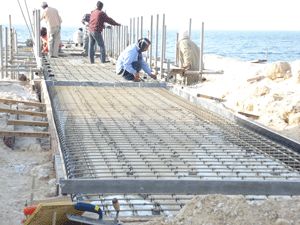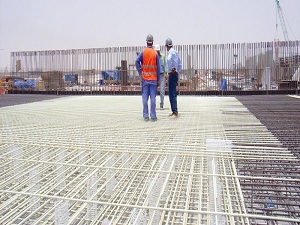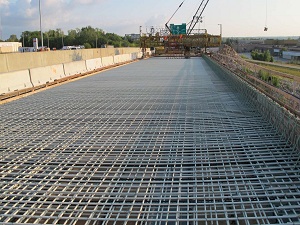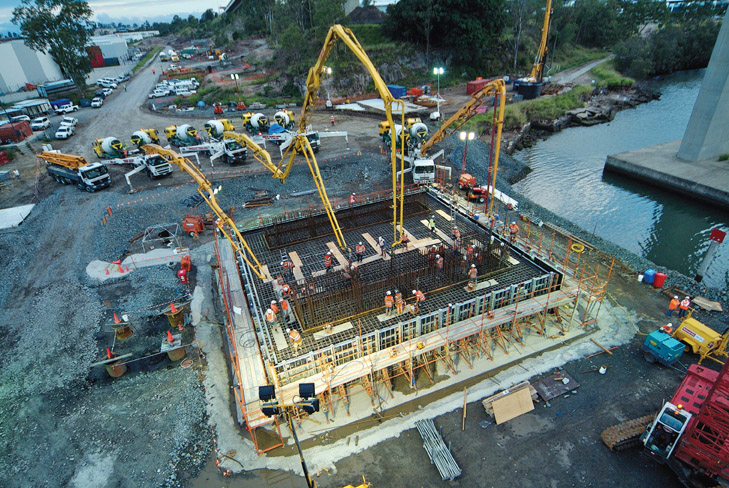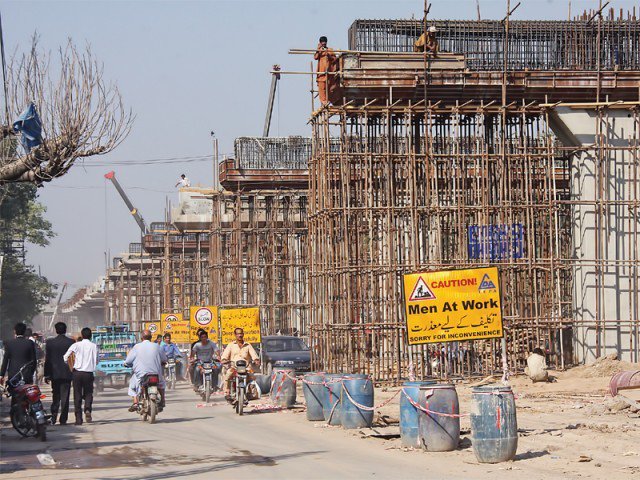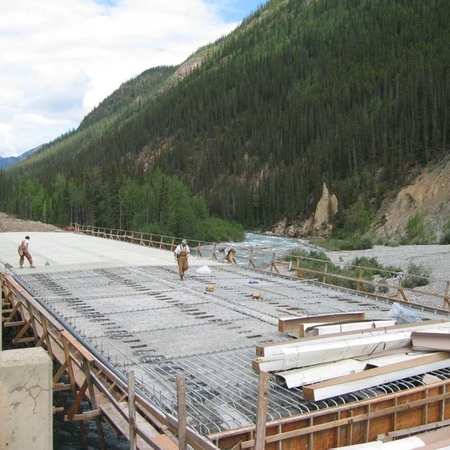
T-rod is a manufacturer and supplier of GFRP rebar in Pakistan, we offer our customers an alternative to traditional steel rebar that is not only cost-effective. Manufacture of glass fiber reinforced polymer in Pakistan also supplier to Construction Industry and CPEC Projects
T +92-321-2070055
Email: info@t-rodinternational.com
T-Rod International
SF Unit 103 Site Area، Karachi

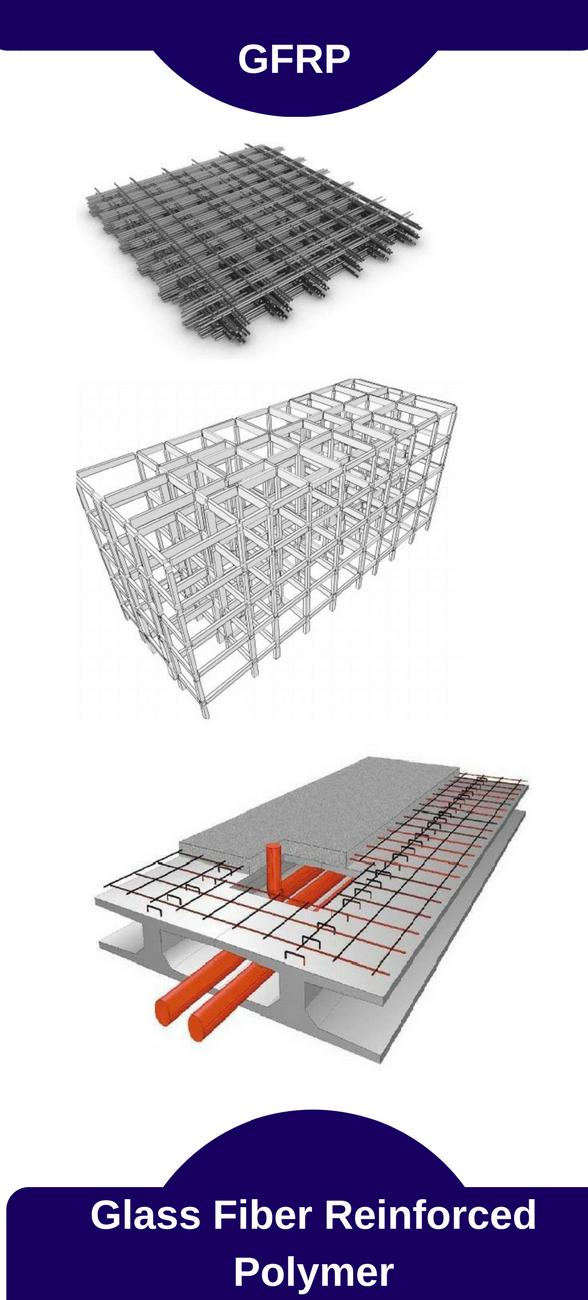
ADVANTAGES FOR USING GFRP
- • 80+ years of lifespan and corrosion resistance
- • 4 x lighter in weight than the equivalent strength of Steel rebar
- • 3 x tensile strength of steel
- • Non-conductive to heat and electricity
- • Non-magnetic (transparent to electrical fields)
- • High Fatigue endurance and Impact Resistance
- • Non-existent corrosion, rust free
- • Transparent to radio frequencies
- • Cost effective vs. epoxy coated, galvanized and stainless steel rebar
- • Impervious to chloride ion, low pH chemical attack and bacteriological growth
- • Reduced whole of life project costs
- • Low carbon footprint
- • Maintenance free
- • Standard/custom lengths, shapes and bends
- • Non Toxic
- • Easily cut and machined
- • Easy and Rapid Installation
Where should GFRP be used?
• Any concrete member susceptible to corrosion by chloride ions or chemicals
• Any concrete member requiring non-ferrous reinforcement due to Electro-magnetic considerations
• As an alternative to Epoxy, Galvanized or Stainless Steel rebars
• Where machinery will “consume” the reinforced member (i.e. Mining and tunneling)
• Applications requiring Thermal non-conductivity
-
 Read more +
August 21, 2015 By kt in Latest News
Read more +
August 21, 2015 By kt in Latest News
-
 Read more +
August 7, 2015 By kt in Latest News
Read more +
August 7, 2015 By kt in Latest News
Orange Metro Train
• Bridge Decks & Railings
• Median Barriers
• Approach Slabs
• Salt Storage Facilities
• Continuously Reinforced Concrete Paving
• Precast Elements -
• Manhole Covers, Culverts, Rail Grade
Crossings, Full Depth Deck Panels, etc.
Sea Walls, Wharfs, Quays & Dry Docks
• Coastal Construction exposed to Salt Fog
• Desalinization intakes
• Port Aprons
• Light & Heavy Rail 3rd Rail Isolation
• Hospital MRI Areas
• High Voltage Substations
• Cable Ducts & Banks
• Aluminum Smelters & Steel Mills
• Radio Frequency Sensitive Areas
• High Speed Highway Tolling Zones
• Waste Water Treatment
• Inadequate Concrete Cover
• Architectural Concrete Elements
• Historic Preservation
• Deep Foundation Tunnel Boring Machine “Soft-eye” Openings For Launch & Reception
• Sequential Excavation or NATM Tunneling
• Soil Nails & Earth Retention
• Rock Bolts & Cable Bolts
• Strengthening for “Event Loading” of Clay & Concrete Masonry
• Historic Preservation – Restoration and Pinning of Stone Elements


